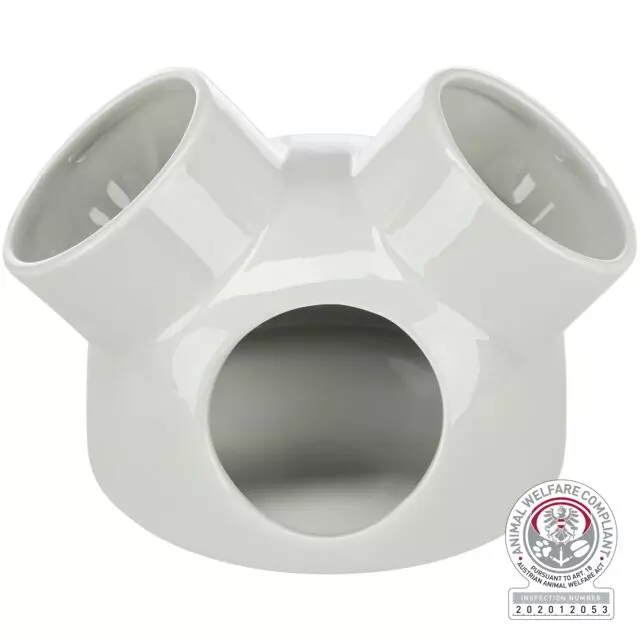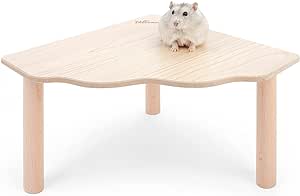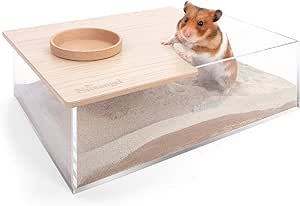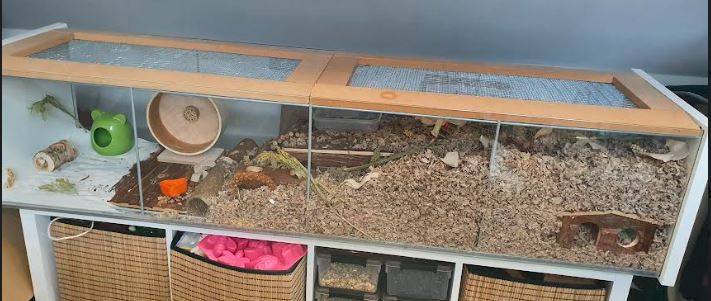Our minimum cage size required for all hamsters is a minimum of 100x50cm of floor space on one level.
Your enclosure must also be able to hold enough substrate for burrowing in – at least 6 inches, ideally more.
Research has shown that larger enclosure sizes reduce the occurrence of stereotypical behaviours, such as bar chewing, in hamsters (Fischer et al., 2005), so you should always seek to exceed the minimum requirements where possible. There is no such thing as too much space for running, burrowing, foraging and exploring!
Suitable Enclosures
This is not an exhaustive list and some of these enclosures are no longer stocked in the UK, so are only available second hand. It is worth checking Facebook marketplace and other selling sites for good quality used setups.

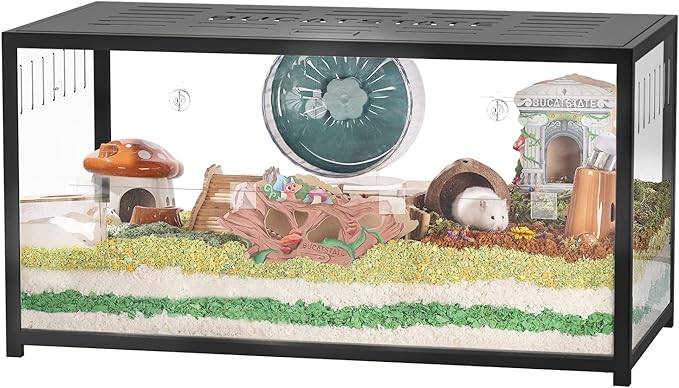
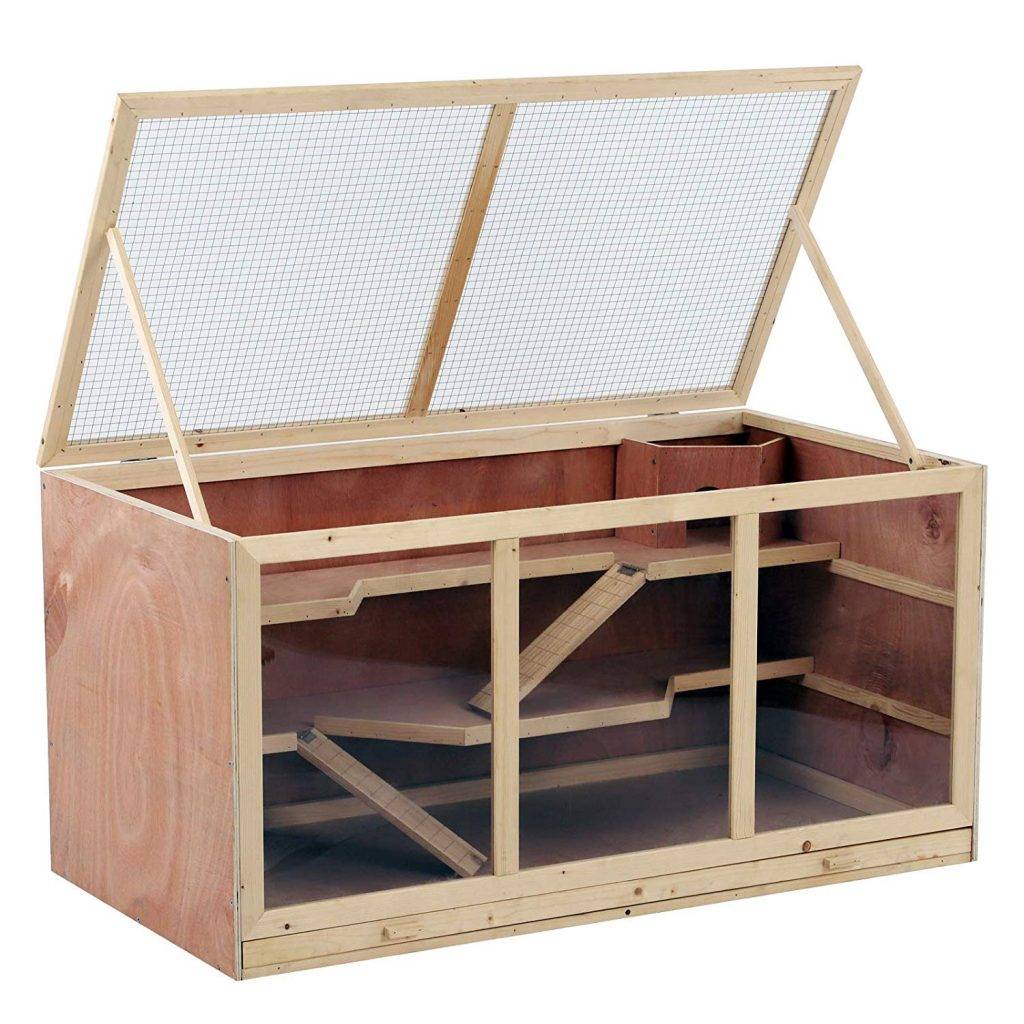
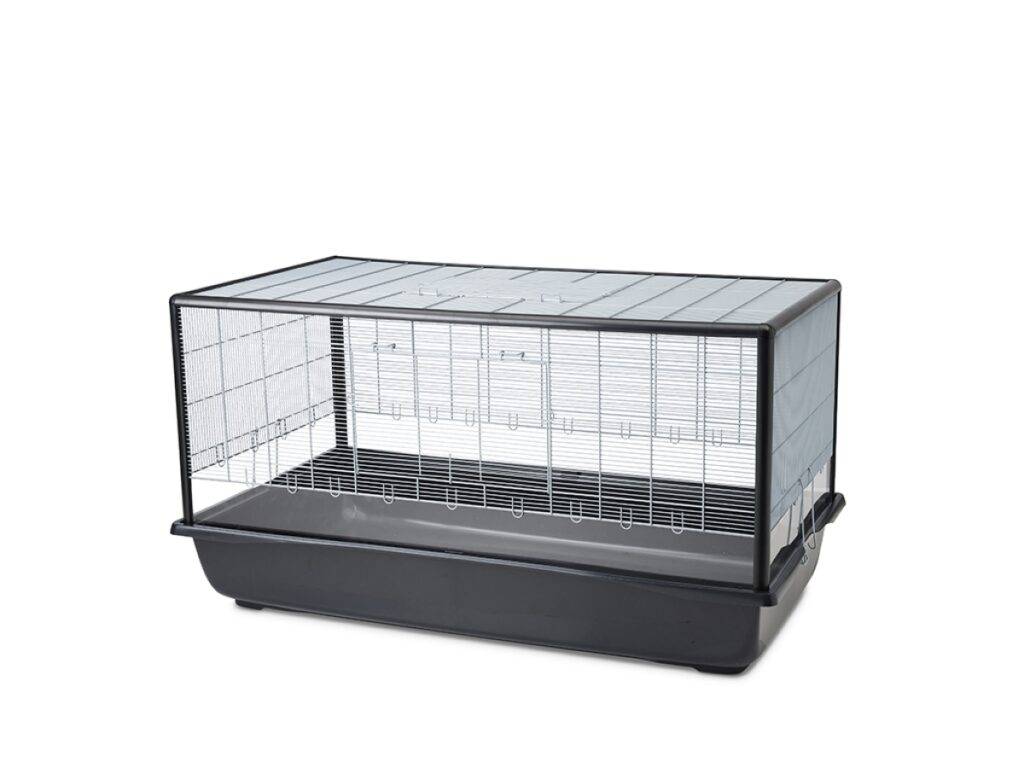
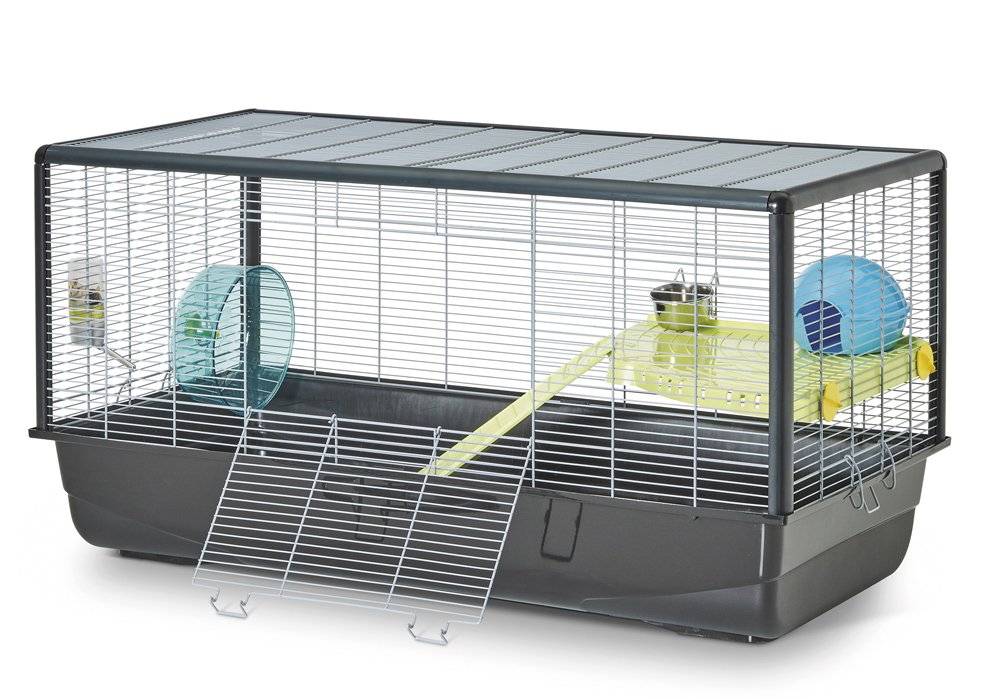
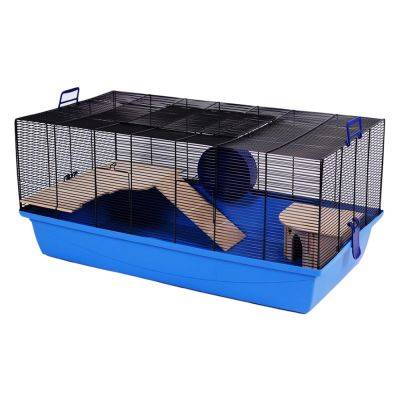
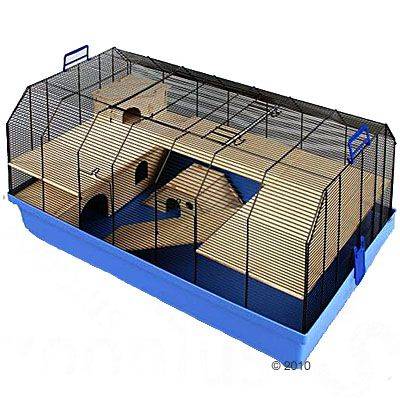

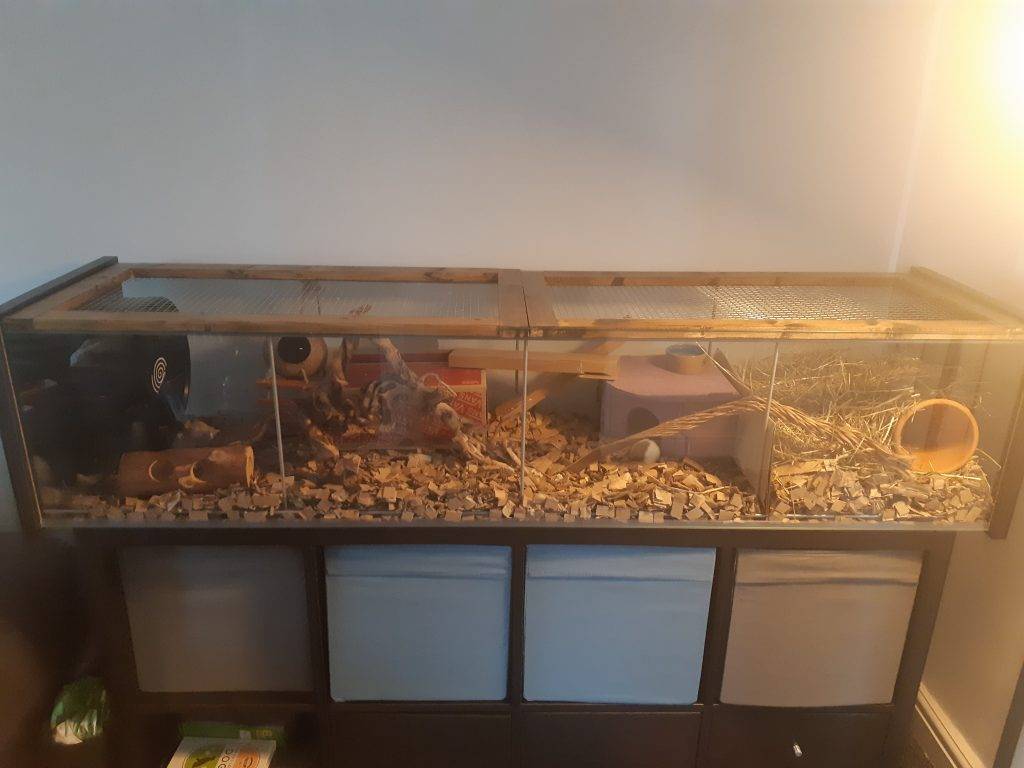
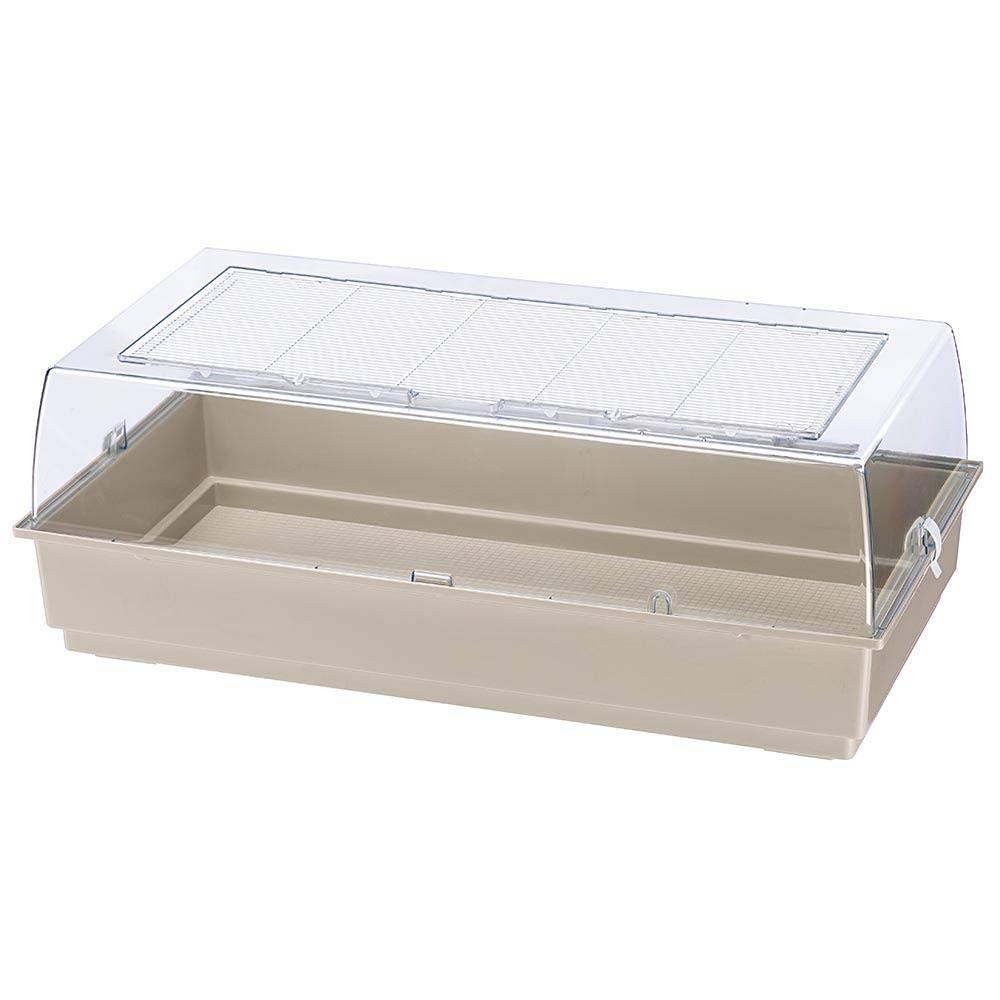
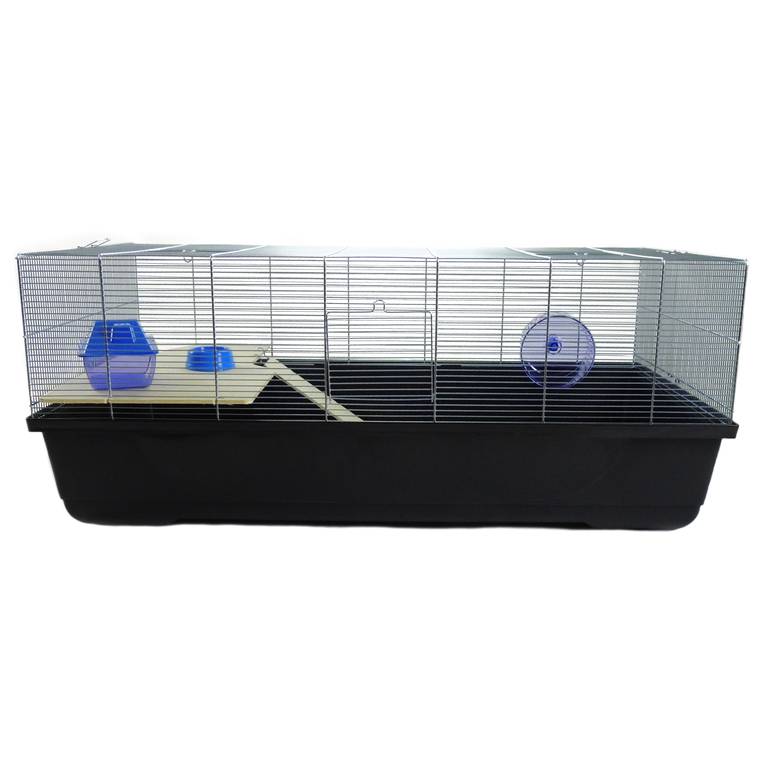
We also strongly advise providing a multi-chambered house in the cage for your hamster. These replicate the multi-chambered burrow your hamster would inhabit in the wild, with different sections for nesting and stashing food. These can be purchased from Amazon, Rodipet, Getzoo and Etsy.
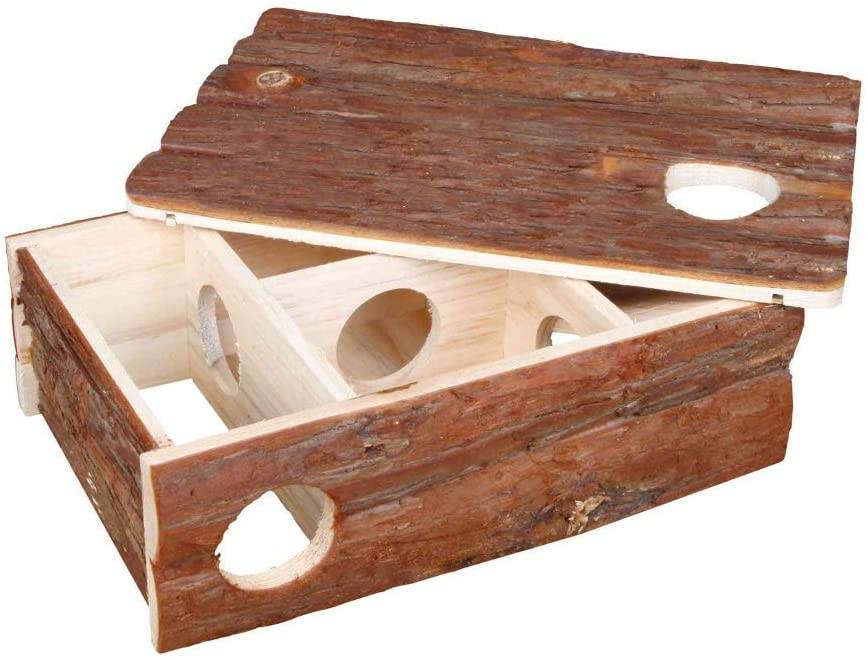
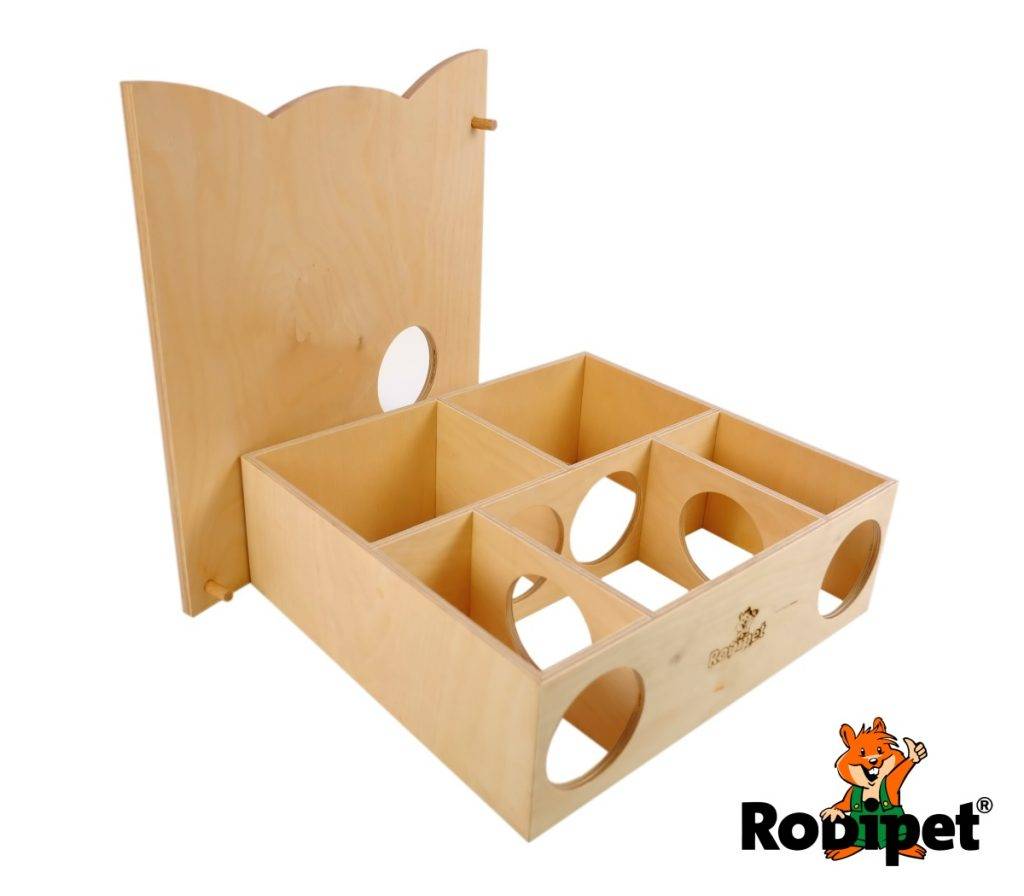
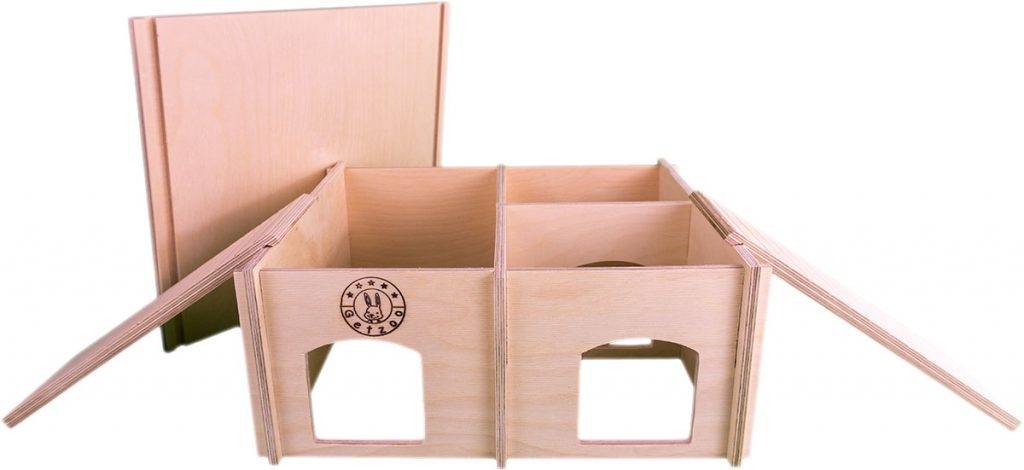
Most hamsters will enjoy a wheel to run in, so you should include one in their set-up at all times. You should ensure it is large enough so that the animal does not have to arch their back when running in it:
Syrian hamsters – minimum wheel diameter 28cm
Dwarf hamsters – minimum wheel diameter 20cm
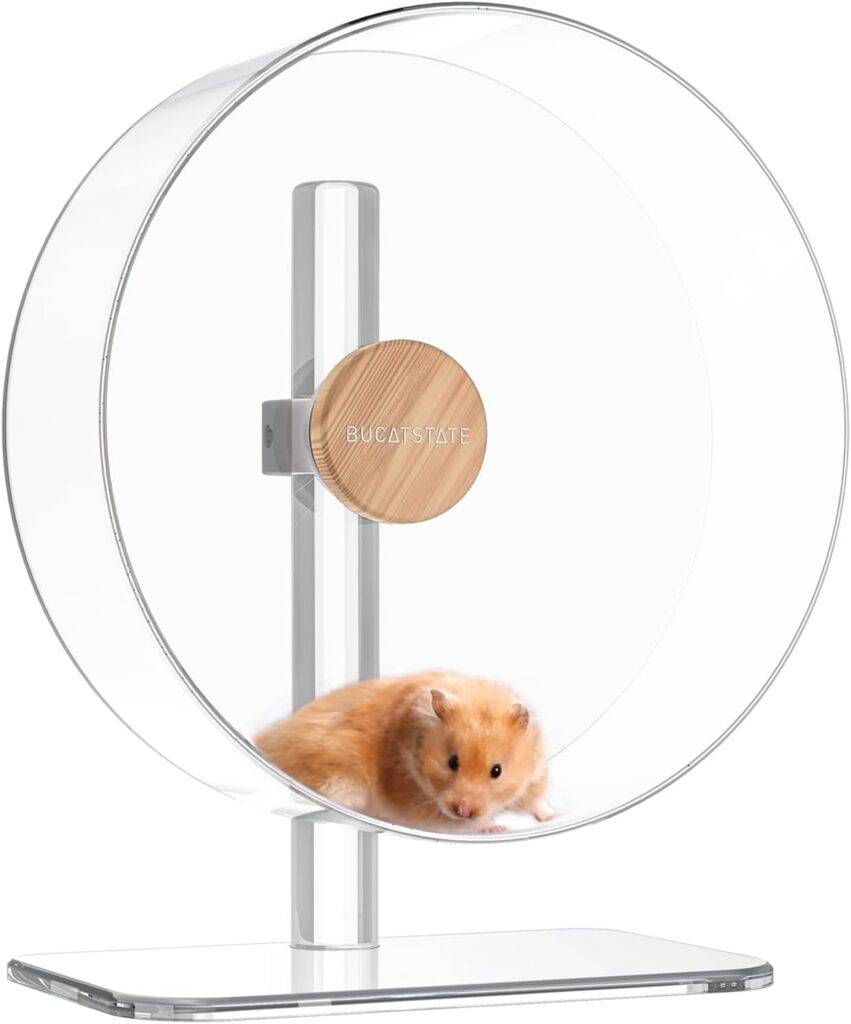
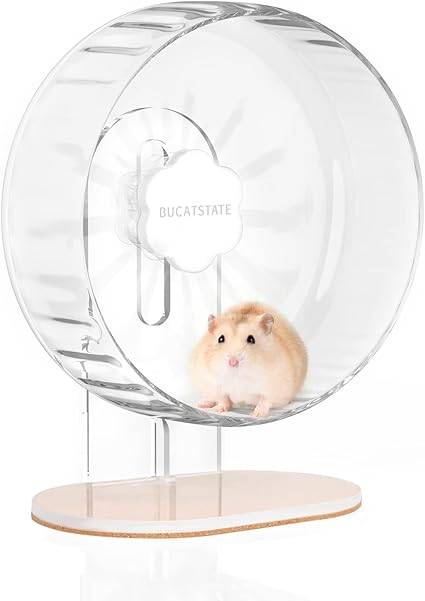

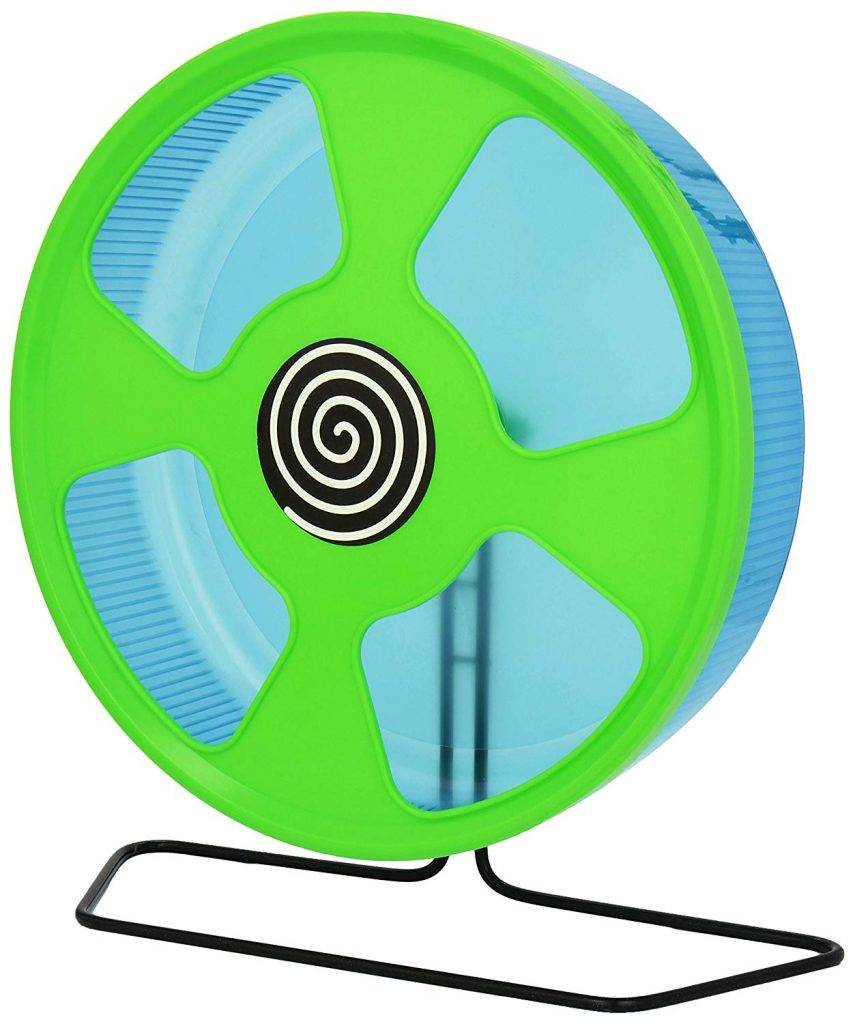
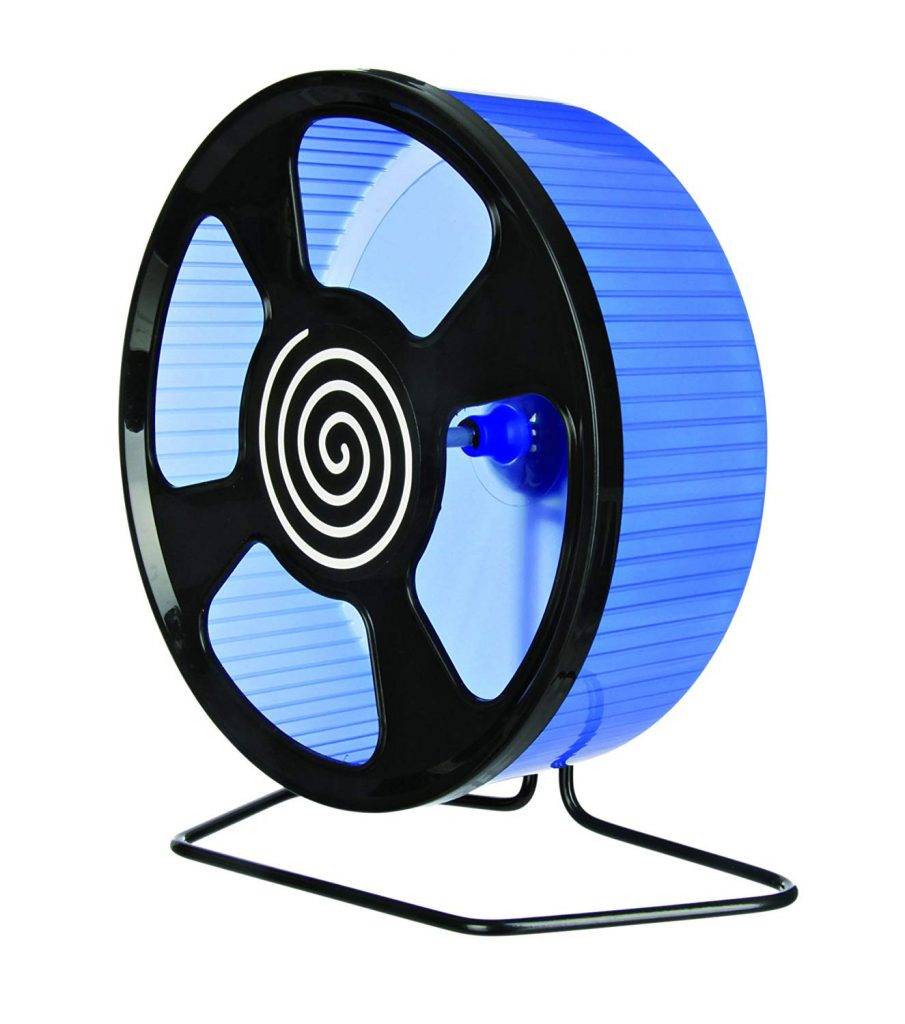
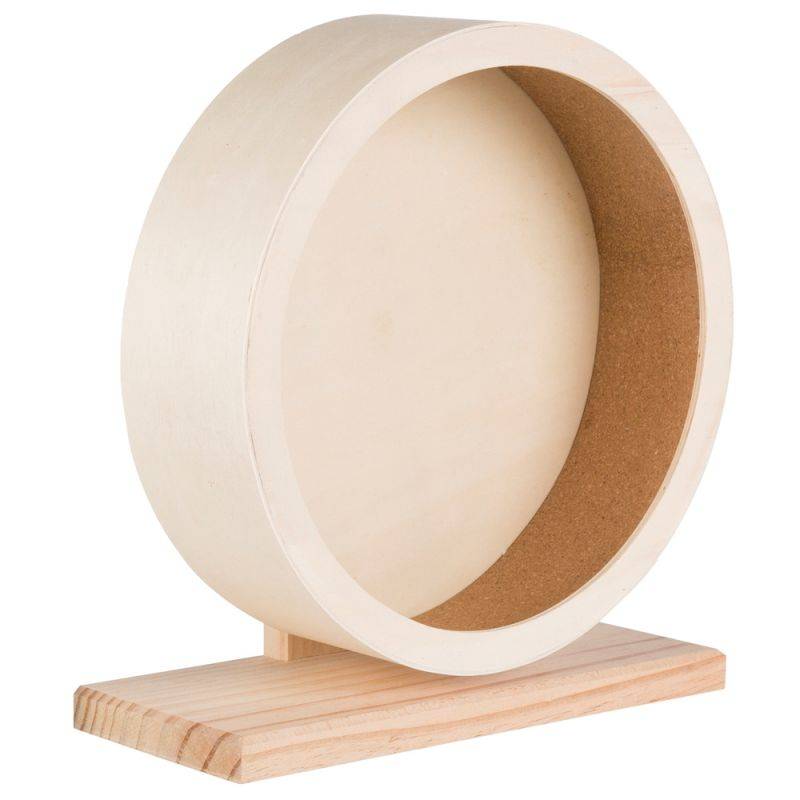
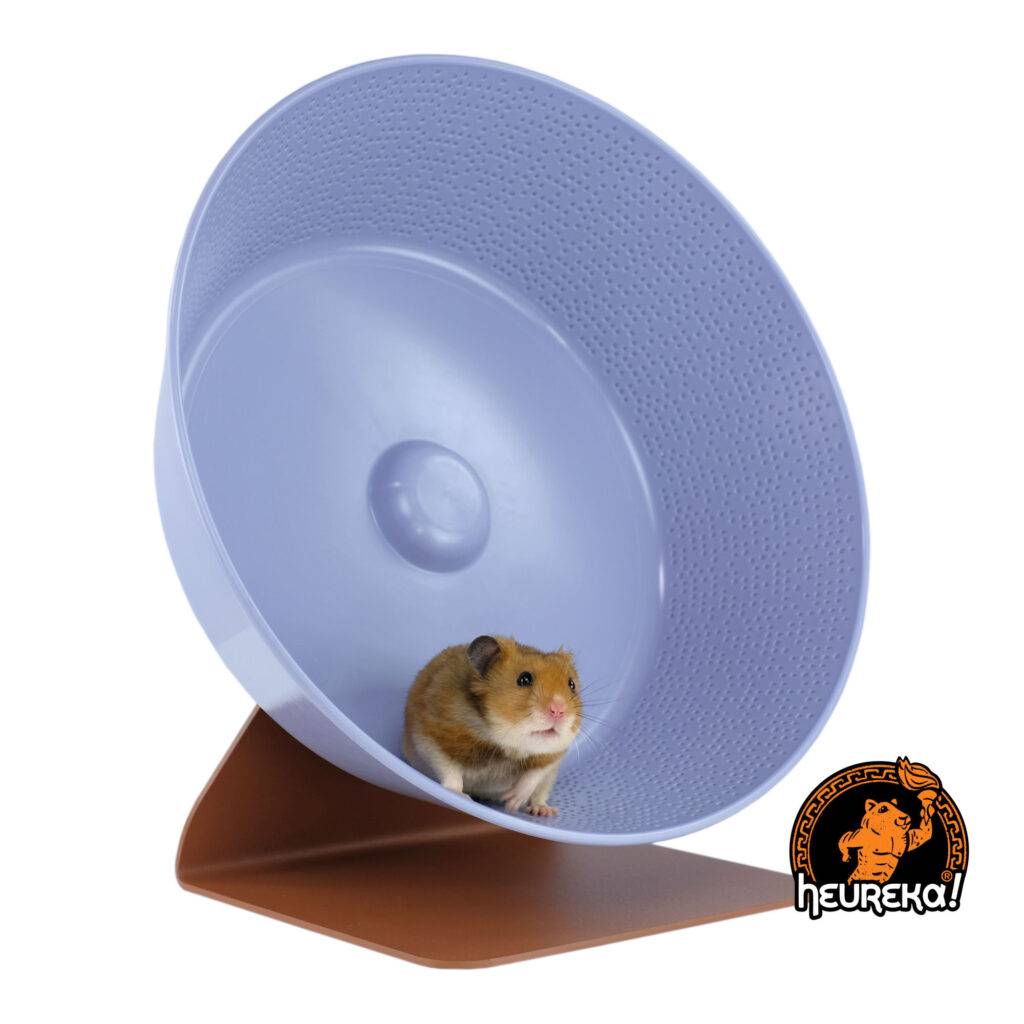
There are many options of suitable substrates for hamsters but it’s important to note that sawdust is never suitable. Woodshavings can be safe to use providing they are kiln dried and dust extracted. Paper, hemp, or aspen based bedding are also great options. Kaytee Clean & Cozy is our favourite substrate for hamsters as it is super soft and excellent for burrowing! A mixture of substrates can work well too for holding burrows/tunnels.
You should provide at least 6 inches of substrate in your hamster’s setup to allow for sufficient burrowing space. If you have a barred cage, adding perspex to the sides can increase the amount of substrate depth you can fit in – this site sells perspex sides for the Savic Plaza and Mamble 100 cages: https://www.vikinglaser.co.uk/viking-laser/pets/cage-accessories/
As nesting material, we use either shredded teabag paper (bought in huge bales) or torn up loo roll, which is probably the cheapest/easiest option for most hamster carers!
Fluffy bedding is incredibly dangerous as hamsters can become tangled in it so this should never be used.
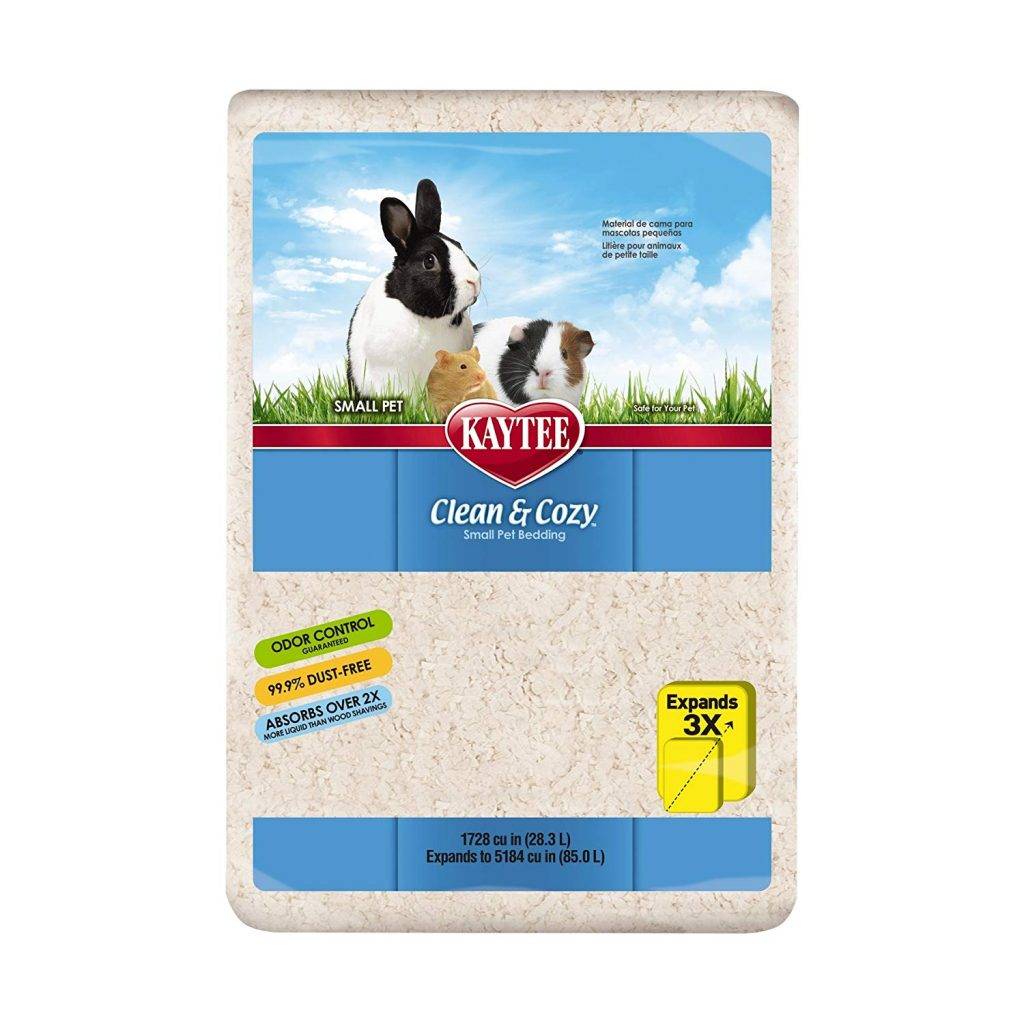

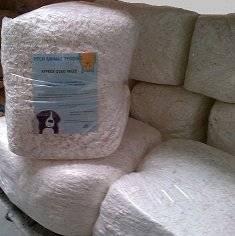
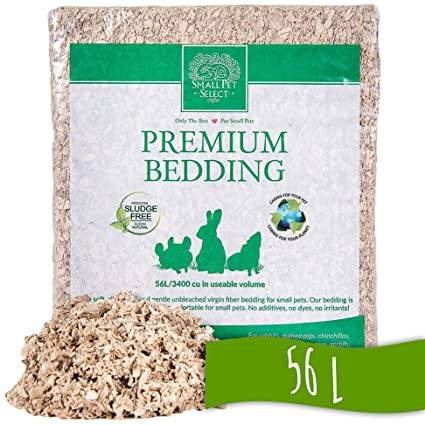
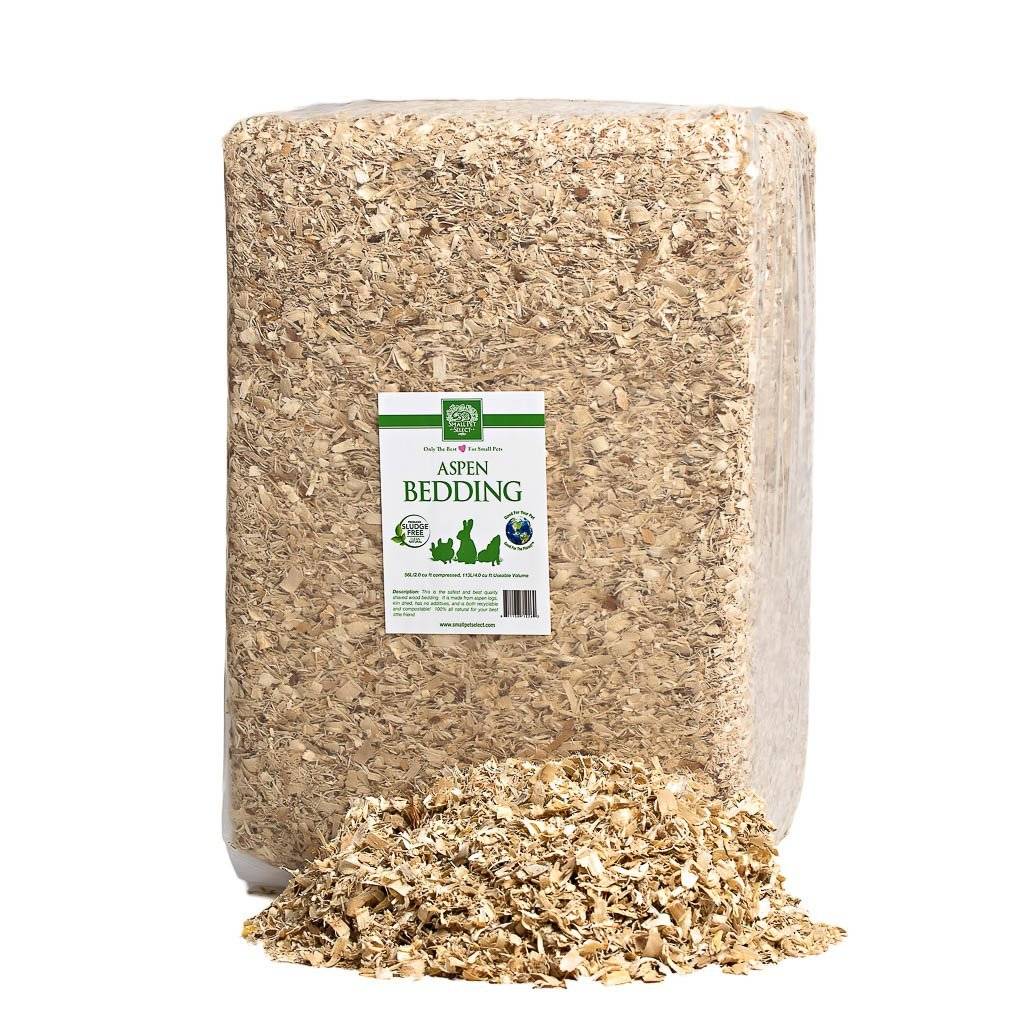
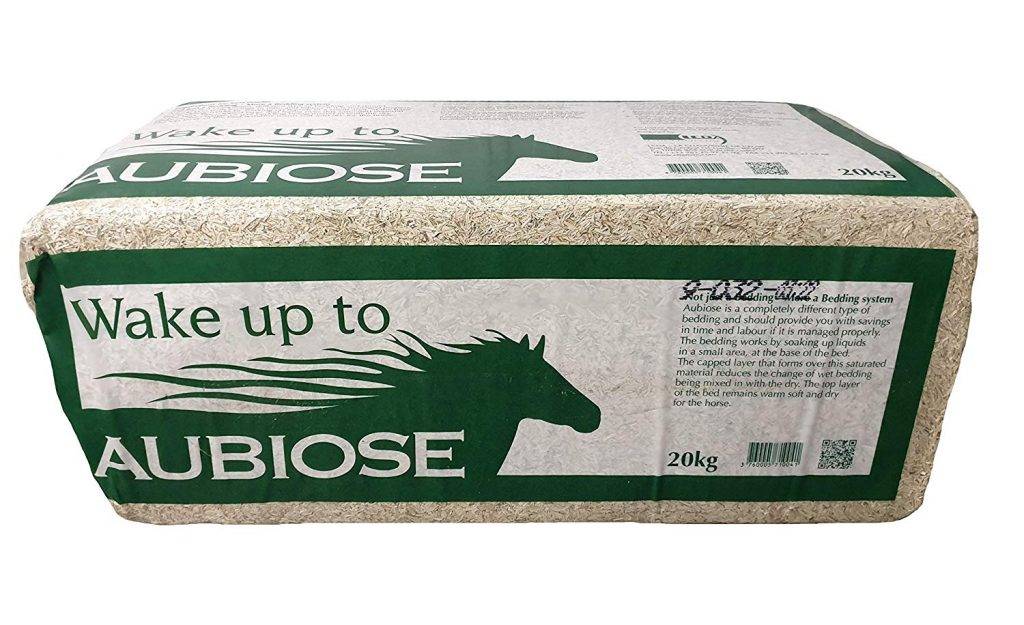
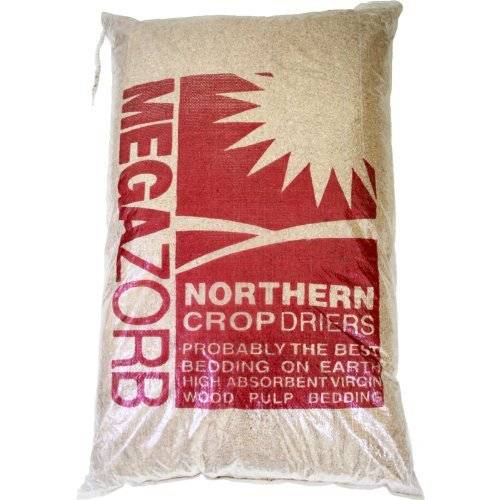
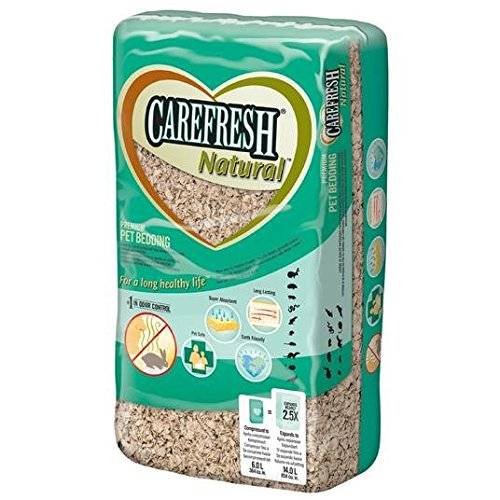
Hamsters should be fed a good quality mix, tailored to their species, which replicates their wild diets. Standard pet shop foods which are supposedly suitable for any species of hamster are therefore not the best option.
There are 5 species of hamster kept as pets in the UK:
Syrian (golden) hamster Mesocricetus auratus
Campbell’s dwarf hamster Phodopus campbelli
Winter white dwarf hamster Phodopus sungorus
Roborovski dwarf hamster Phodopus roborovskii
Chinese dwarf hamster Cricetulus griseus
PLUS hybrid dwarf hamsters, the most commonly sold dwarf in pet shops (and the most common dwarf we care for at the rescue), which are a hybrid mix between Campbell’s and winter white dwarf hamsters.
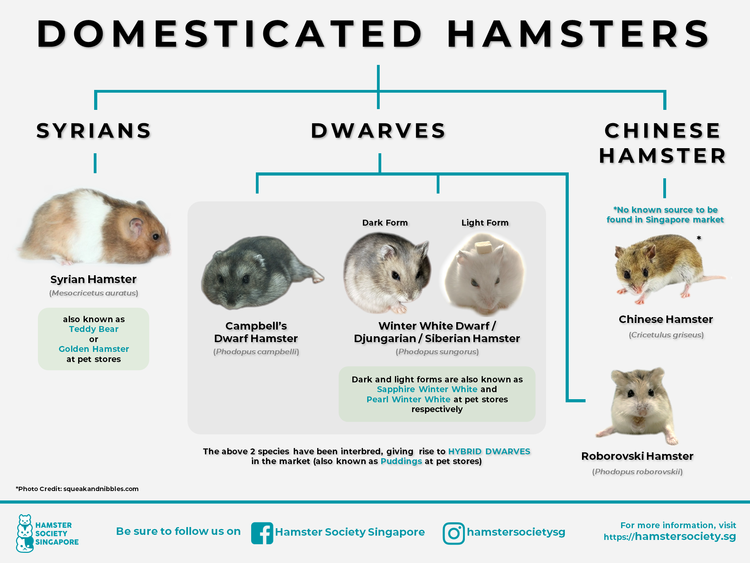
Campbell’s, hybrid dwarf and Chinese dwarf hamsters are unfortunately prone to diabetes and so require a low sugar diet. A dwarf specific mix such as Rodipet or Getzoo is best for these species. As most Winter Whites are also likely to at some point have been crossed with a Campbell’s dwarf, it is recommended to feed them a low sugar diet too.
Good species specific mixes can be purchased via Rodipet (DE), Getzoo (DE), Mixerama (DE), Bunny Nature (check Ebay!). We usually feed Getzoo mixes to the hamsters in our care.
Small amounts of safe veg must also be provided (avoid root veg and fruit for diabetes prone dwarf hamsters), and occasional additional protein such as mealworms etc (essential if your mix doesn’t include any insect protein). A list of safe/unsafe foods for hamsters can be found here.
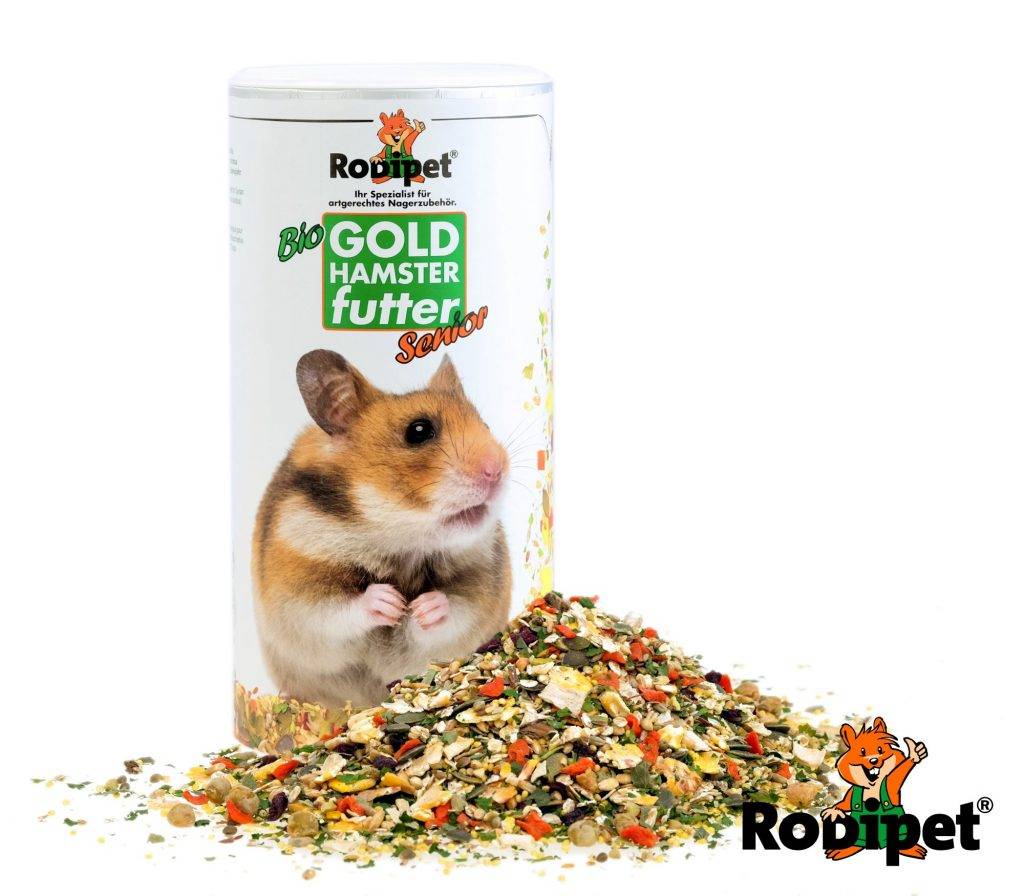
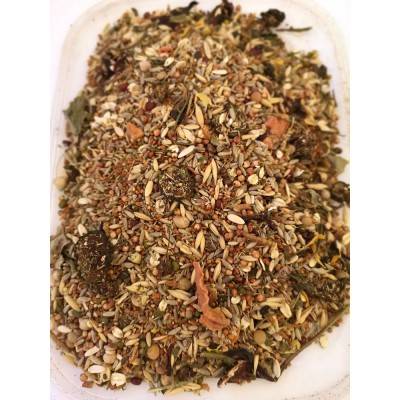
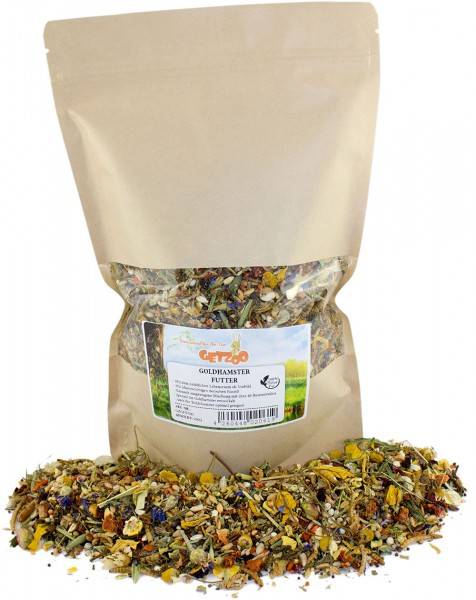
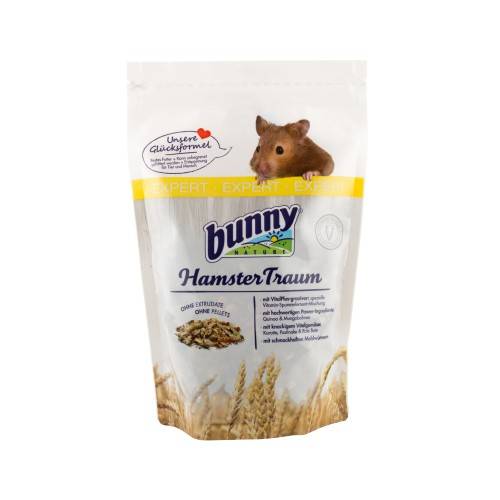
Hamsters love to burrow, dig, tunnel, run, climb and chew! Keep them happy by providing opportunities to carry out these natural behaviours.
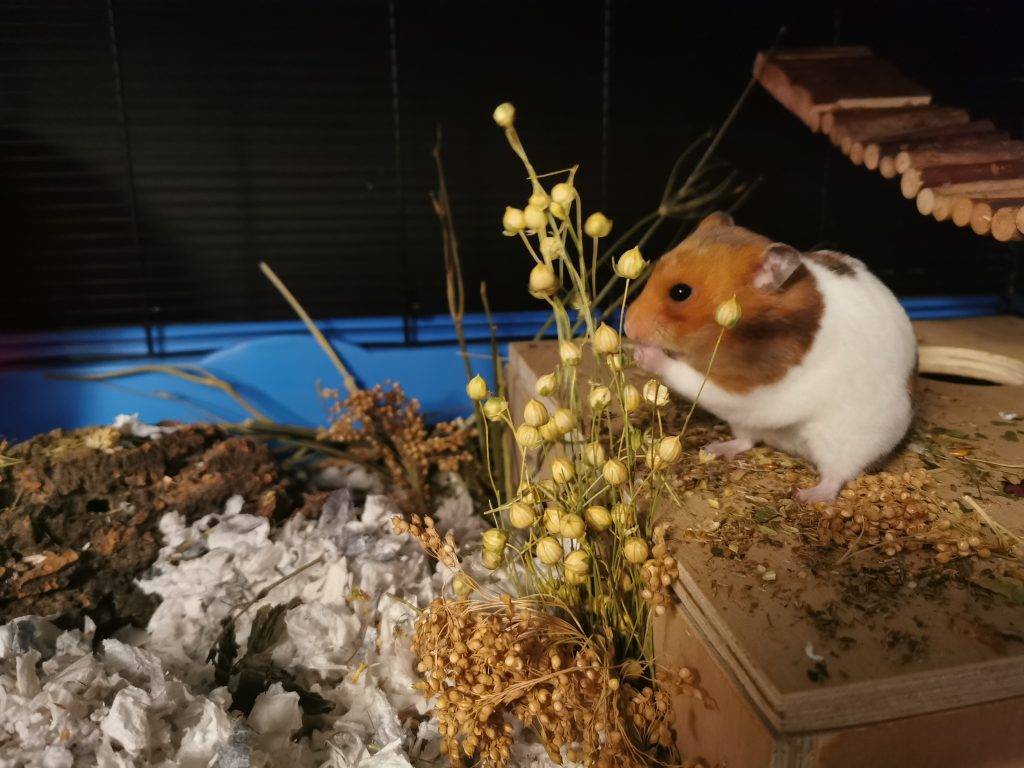
– Multichamber hide – a must for all hamsters, to help replicate the chambered burrows they’d use in the wild
– Various other hides – wooden, ceramic, plastic, cardboard, there are tonnes of options
– Dig box or section of the cage, filled with your normal substrate or coco soil (use a cardboard box for a cheap option!)
– Platform – A raised platform on legs can be useful for holding heavier items above the substrate, such as the sandbath or wheel
– Sand bath (glass oven trays are great as sand baths and your hamster will need a sand bath/area in the cage at all times)
– Seed sprays such as flax, millet, dari, etc
– Tunnels/tubes large enough for your hamster to fit through with full cheek pouches!
– Scatter feeding (sprinkle hammy’s food around the cage, hide it in tubes, hammocks, and in a burrow box – make them forage!)
– A wheel should also always be provided (minimum diameter 28cm for Syrians and 20cm for Dwarves)
– Different textured substrates such as coco chips, beech chips, hemp, soil etc
Exercise
All hamsters should be given the opportunity to exercise outside of their main set-up, but we do not recommend placing your hamster in a ball for exercise.
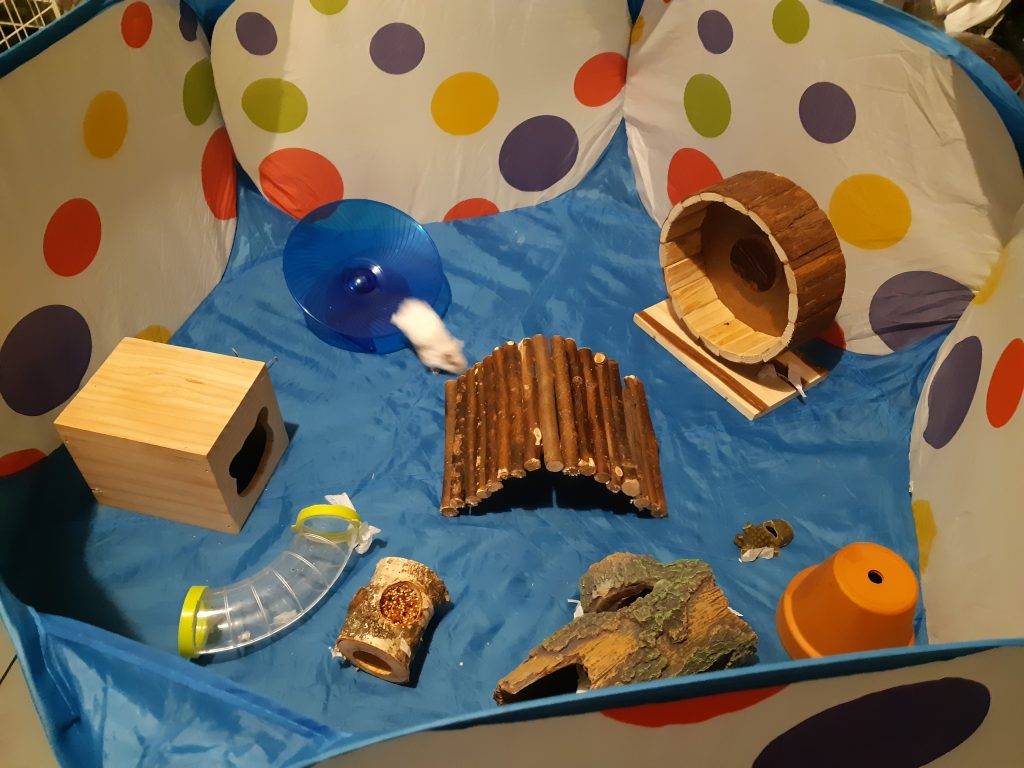
For many hamsters, the experience of being confined to a plastic ball is very stressful. A ball prevents them from using their whiskers and sense of smell to get around, so they will often crash into furniture, walls, doors, etc at high speeds which can shock and even injure them. Plastic balls are also poorly ventilated, and most marketed for hamsters are far too small causing the hamster to run with a curved back leading to spinal issues over time.
Instead we recommend using a playpen to give your hamster a secure area to exercise in. In the pen, you can add toys and scatter food/treats, which the hamster is then free to explore using all of their senses!
A playpen is also an excellent way to bond with your hamster as you can easily reach in, offer them treats and allow them to run over your hands. We recommend using a kids’ ballpit (pictured) or storage cube panels.
Hamsters need lots of space, but it is also important to set up this space well with substrate, hides and enrichment to meet their needs. Check out the video on Setting up a Hamster Cage by Victoria Raechel and some photos of example set-ups below!
Use this checklist to help you make sure you have all the essentials ready when adopting a hammy!



